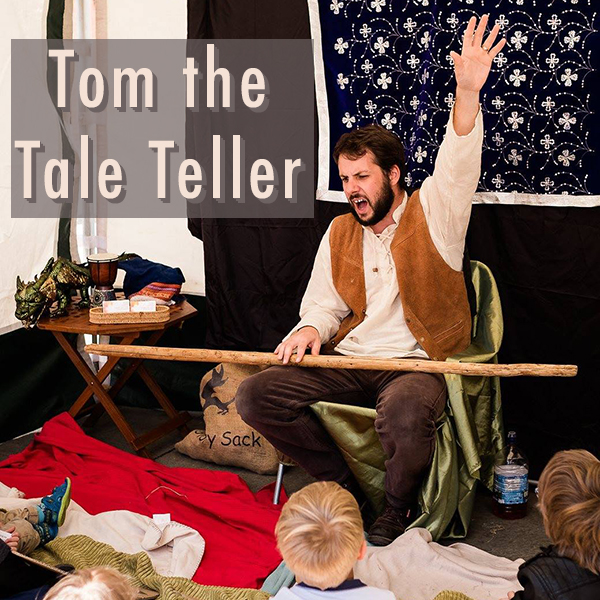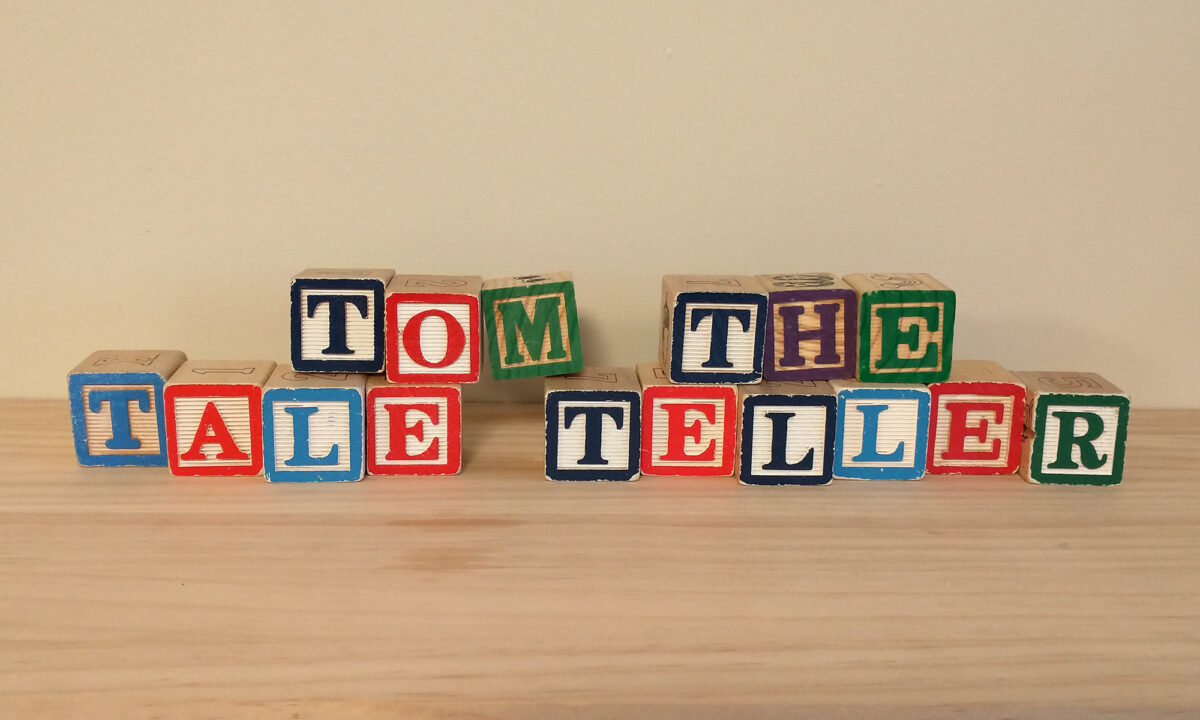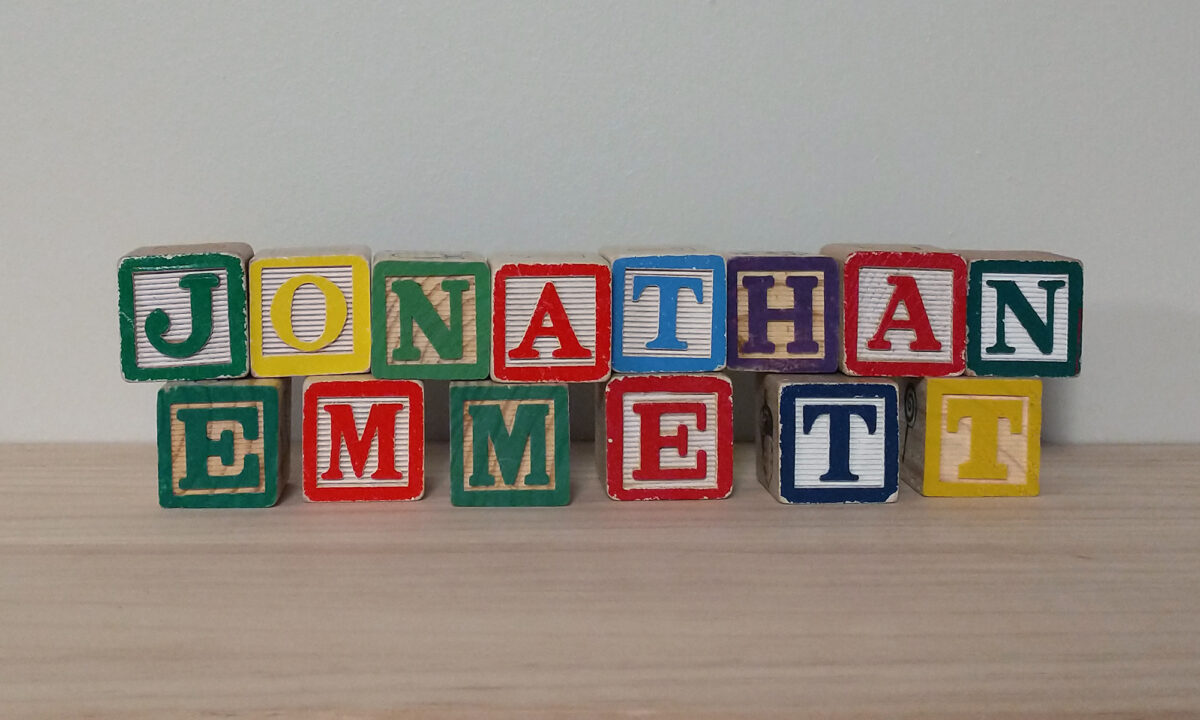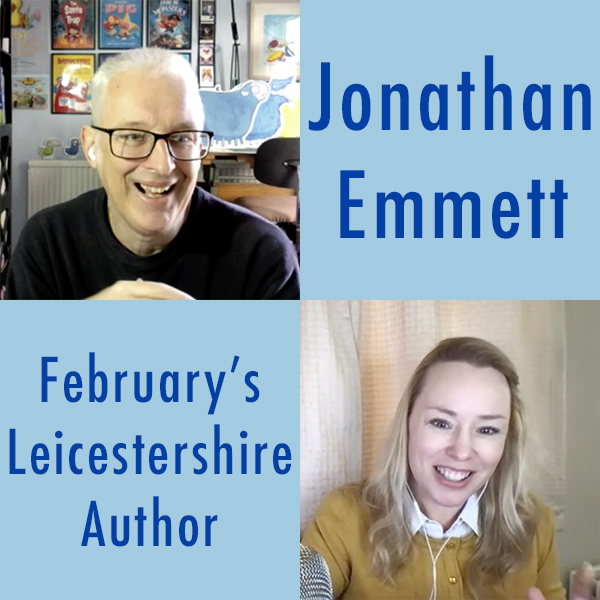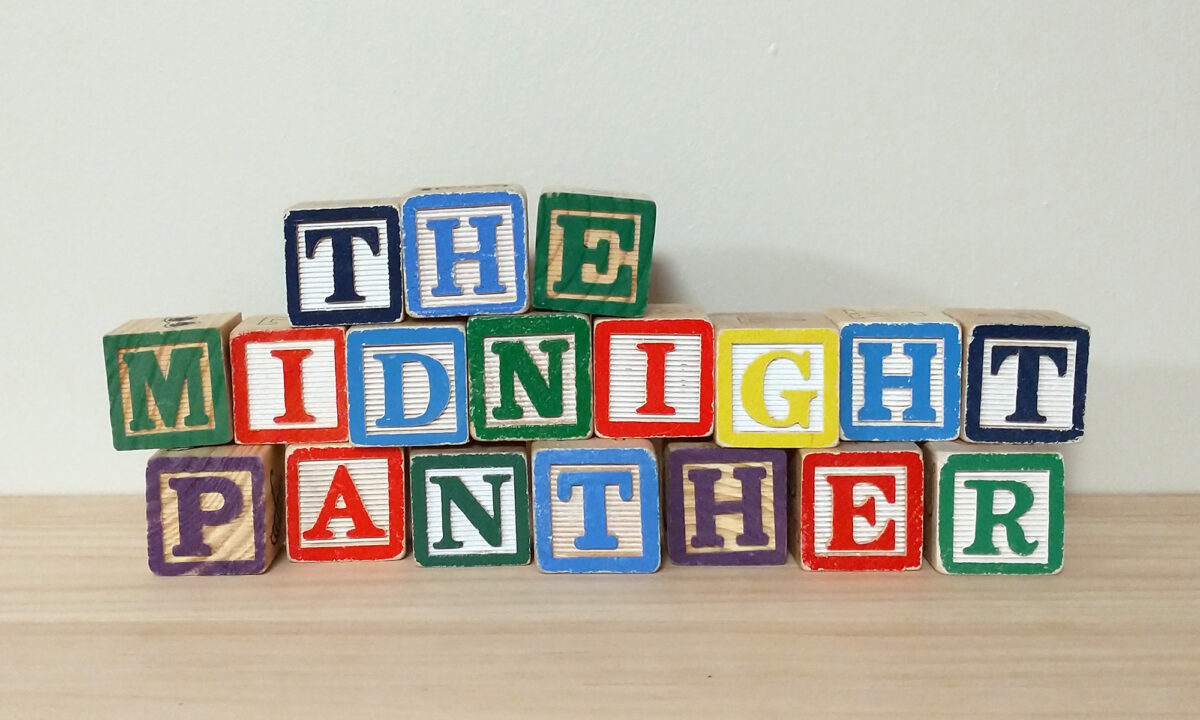The Midnight Panther is a lovely book by Poonam Mistry, an author local to where I live in Leicestershire in England. Her images are inspired by her Indian roots, drawing on Hinduism and Indian textiles and interpreting them with a modern abstract sensibility. Many people assume that illustrated books are just for little ones, but this is one story that has quite a lot to offer to older children.
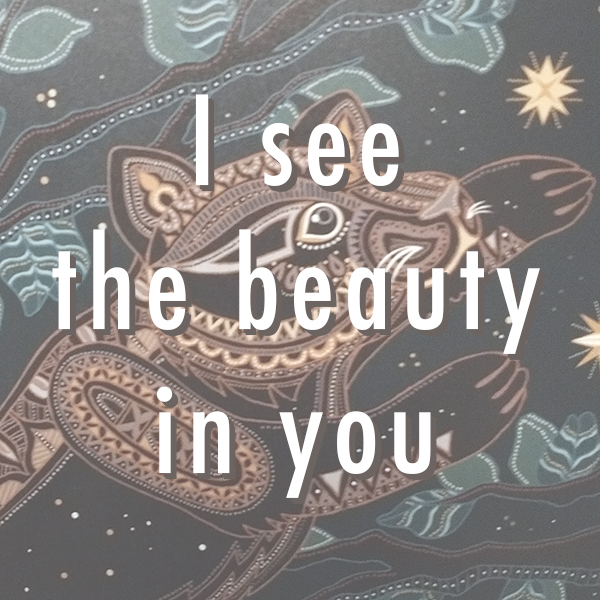
Like so many pre-teens and teenagers, the Panther in this tale feels badly about himself because he doesn’t look like the Tiger, Lion, or Leopard, who seem more glamorous. Panther tries to superficially imitate the other cats in the rainforest, but Nature itself tells him three times that he doesn’t need to pretend to be someone he isn’t. At last, Panther realizes that he is lovely in his natural form, and that it’s best to embrace himself for who he is rather than to hate himself for who he isn’t.
This story has a lot to offer pre-teens and teenagers who are bombarded by superficial and unsatisfying images they find online, showing airbrushed people living airbrushed lives. Attempts to disguise the true self or to imitate someone else will never provide long term happiness. True satisfaction comes from accepting your natural self, and then making the most of who you are.
Learn more about Poonam Mistry and her beautiful artwork at poonam-mistry.com.
I have not been paid to endorse this book; I chose it for the podcast because I really think it’s something special and would like to support a new author who lives in my area. You can purchase a copy of The Midnight Panther at one of these links:
Amazon.co.uk
Amazon.com
Blackwell’s
W.H. Smith
Waterstone’s
Activity: Accepting Yourself for Who You Are
After reading The Midnight Panther, encourage students to have a conversation about how each of us needs to accept and even love ourselves for who we are rather than trying to superficially modify our appearances to imitate someone we could never be. Where appropriate, discuss the ways that social media and online communities attempt to convince children that their natural selves are not good enough and need to be altered. Be sure to discuss the fact that it’s normal to experiment with fashion and fads, as this is part of finding a personal sense of style. But it’s very important that these choices are used to express one’s true self, not disguise it.
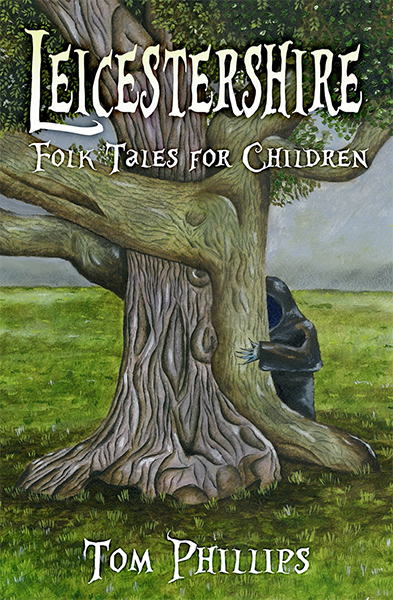 In our conversation, we talk about the importance of keeping in-person storytelling alive. It’s more important than ever in a world full of digital distractions. Tom explains how he selected the stories for his book, how he dealt with the problem of multiple versions of a story, and how he managed to simplify the very complicated tales of Lady Jane Grey and Richard III. We also mention two places that have inspired storytelling for each of us — Bradgate Park here in Leicestershire and Sycamore Canyon in Los Angeles.
In our conversation, we talk about the importance of keeping in-person storytelling alive. It’s more important than ever in a world full of digital distractions. Tom explains how he selected the stories for his book, how he dealt with the problem of multiple versions of a story, and how he managed to simplify the very complicated tales of Lady Jane Grey and Richard III. We also mention two places that have inspired storytelling for each of us — Bradgate Park here in Leicestershire and Sycamore Canyon in Los Angeles.